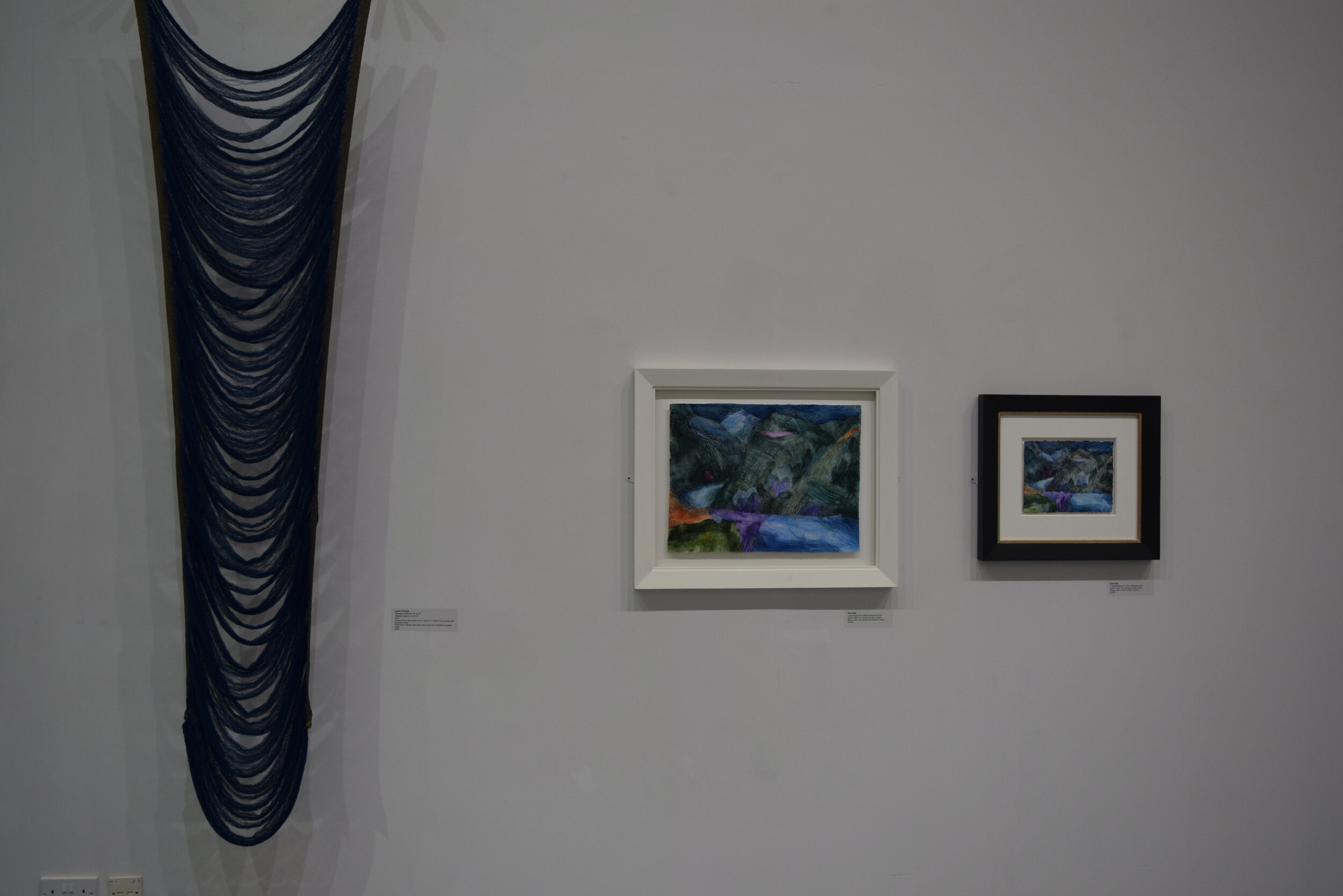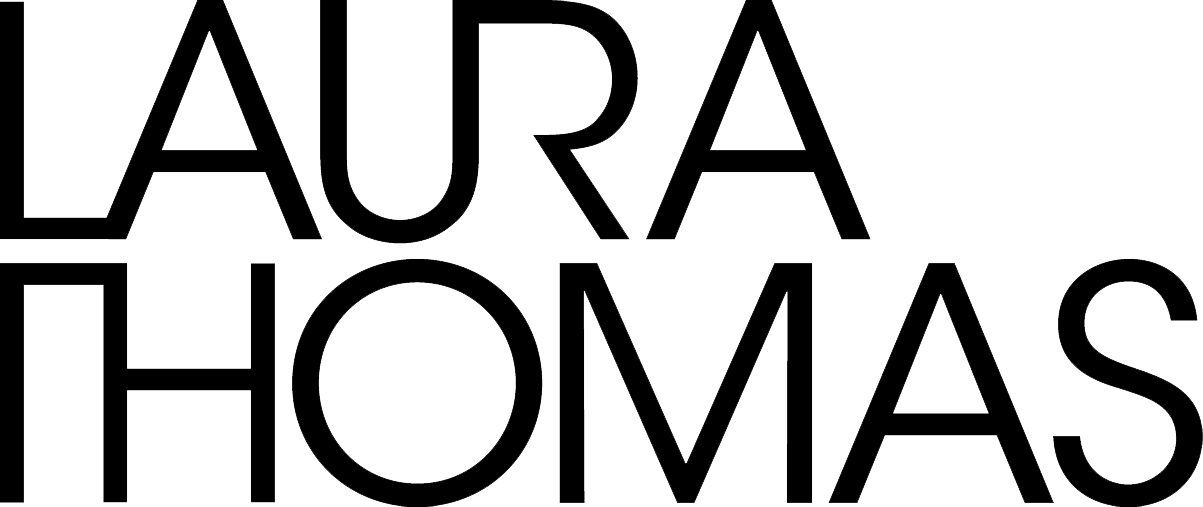Indian Threads, Aberystwyth Arts Centre exhibition
Last week I was delighted to spend the day at Aberystwyth Arts Centre. In the morning I delivered a 2-hour weave workshop in the gallery for a local primary school, and then in the afternoon I spoke as part of the Indian Threads exhibition symposium. It was just brilliant to hear from all involved in the project. I also really appreciated having the chance to talk to the audience about my work in the exhibition and explain a little about the inspiration behind it.











When I undertook the residency in the Kachchh region of NE India, I went with no expectations of what I was looking for or wanting to find: I just went with my eyes and heart open, intrigued to see what would capture my imagination. The Kachchh region is a desert region: its incredibly dry and dusty, the colour palette of the area and many of the textiles I saw was more muted than I might have anticipated. Natural dyeing was prevalent, and so there was a lot of indigo, yellow from turmeric or onion skins, dusky pinks from lac, and a beautiful dark grey from iron rust. We also saw a surprising amount of black, red and white/ecru fabrics serendipitously echoing the traditional Welsh textile palette.
We were hosted by the wonderful Khamir Craft Centre, and were taken to visit many fascinating centres for textile craft production. Perhaps one of our favourite was Ajrakhpur, a village famed for its block printing. After the fabrics have been printed and dyed they are laid out in the sun the dry. Everywhere we looked we could see a patchwork of fabric lengths laying on the ground - it was like walking within cloth itself.





I also particularly adored visiting the The Salt Desert, aka the Great Rann of Kutch. It was an absolutely extraordinary sight to drive for hours through the arid desert, to then arrive at in this remarkable all-encompassing landscape of salt as far as the eye could see. The sky was a hazy grey and there was no discernible horizon line.



Lastly, the other source of inspiration I kept returning to was seeing the freshly naturally-dyed lengths of cloth and hanks of indigenous hand-spun Kala cotton hanging up to dry around the Khamir dye workshop. We had the chance to try dyeing some ourselves, and despite never having done a huge amount of dyeing, I absolutely loved it….. far more than I was expecting to! I enjoyed the restricted and muted natural dye palette we had to work with, and the alchemy of indigo dyeing was just so absorbing! However what I kept thinking about was the character of the kala cotton. You can see in the pictures below that the yarn has kinks and twists in it - for those that know about spinning, its a ‘singles’ handspun yarn and as its a short staple fibre, its a little overspun to give it stability. But this ‘overspun’ quality also gives it stretch. It has contained energy that I knew was ripe for exploration in very openly woven fabrics, and so this is what I decided to take forwards with my technical explorations upon my return to the UK.









In terms of the work I make for exhibitions, I’m primarily known for encapsulating delicate loose thread structures in resin or glass. I knew I didn’t really want to do that for the Indian Threads exhibition, but instead utilise the residency experience to take my work in a new direction. I wanted there still to be a continuing visual language however, so I decide to explore making stable ‘loose thread’ constructions that could work un-encapsulated in resin or glass. It would also be the perfect way to truly present the character of the kala cotton in the most impactful way. I wanted to emulate the essence of all those rows of hanks of yarn, and also the folded draped fabrics we saw hanging on lines around the Khamir dye workshop.
Back in Wales I undertook a concentrated period of sampling my studio exploring a range of technical construction, but all involving long loose ‘floats’ of weft yarn. As well as having an evocative palette of naturally dyed kala cotton, I’d also bought some handspun indigenous wool from the same region. It too had a wonder twist and liveliness which I enjoyed working with in an unconstrained way. My favourite samples from this body of experimental work were then scaled up to make lengths of fabrics, similar in proportion to the fabrics we saw drying in the sun in Ajrakhpur. There are also some smaller, more intimate framed pieces to accompany these larger works.
The exhibition continues until the 9th November in Aberystwyth, before we then hope to take the work to India.
I’m delighted to have undertaken this project alongside artists Champa Siju and Rajiben Vankar from India and Julia Griffiths Jones, Eleri Mills and Louise Tucker from Wales. Examples of their work in the exhibition can be seen in the pictures below…















With grateful thanks to Ceri Jones of Fieldwork for her incredible project management and curation. Indian Threads was made possible with the generous support of the British Council, Wales Arts International and Arts Council of Wales, along with partners Khamir Craft Centre, Carmarthen School of Art and Ruthin Craft Centre.
